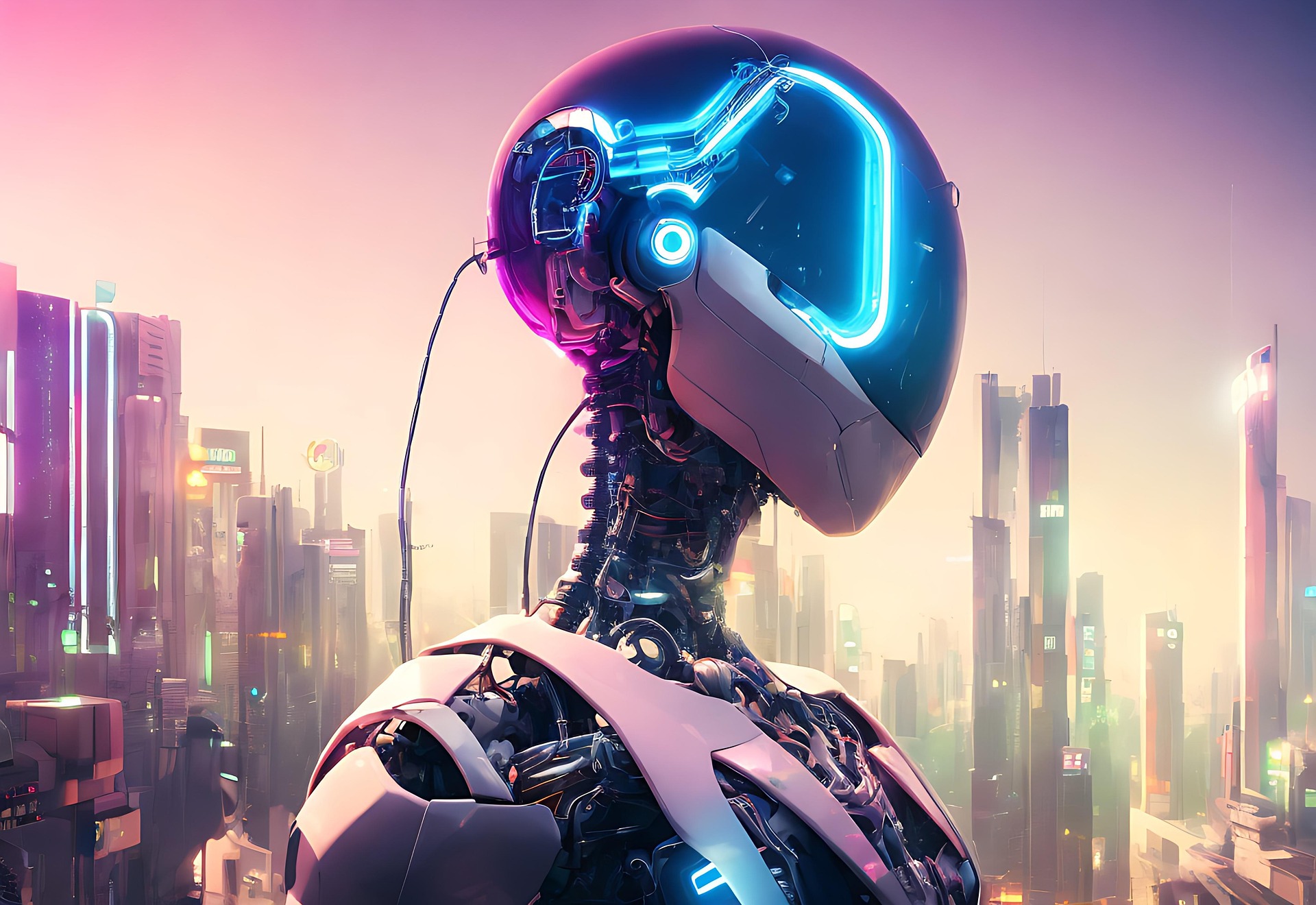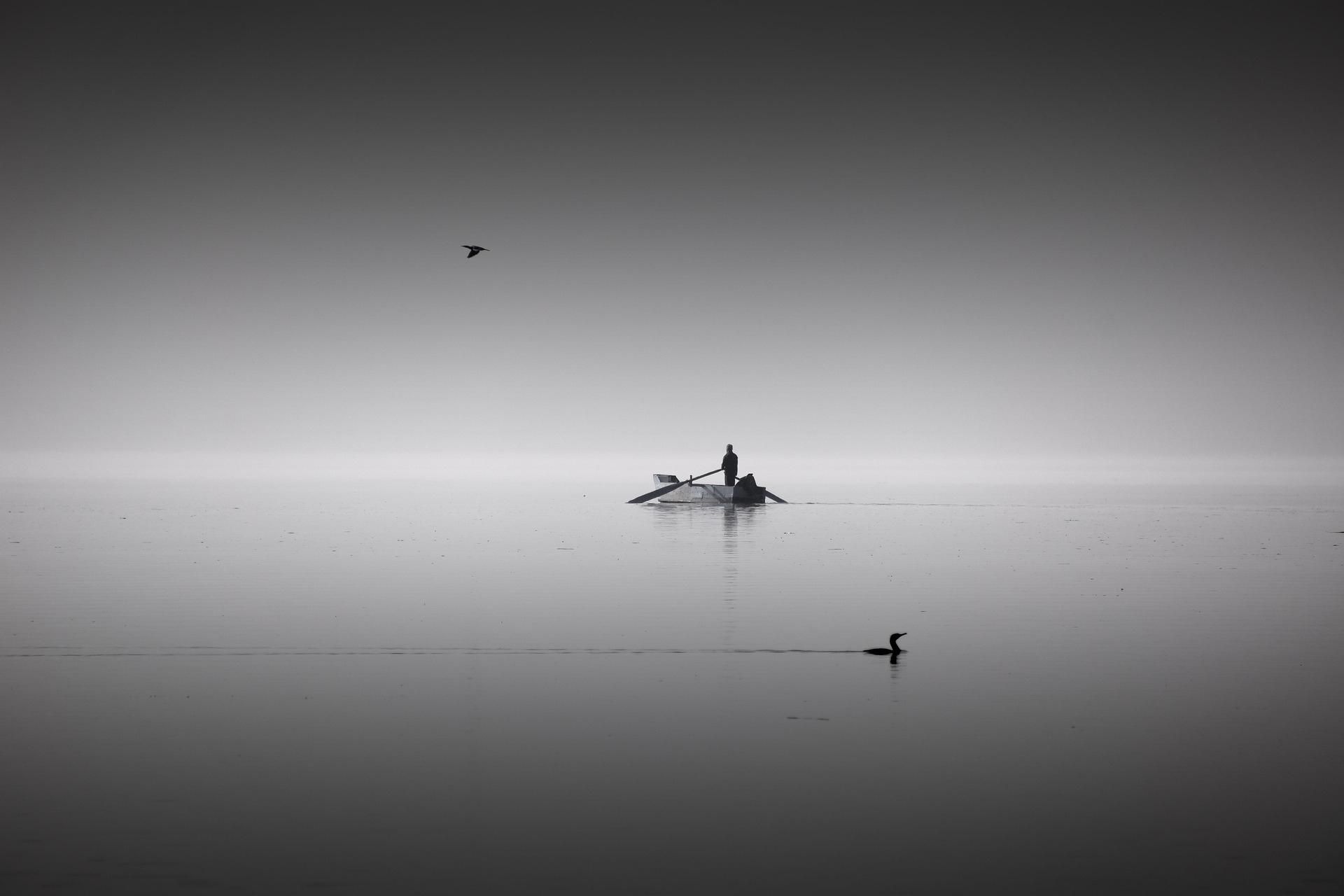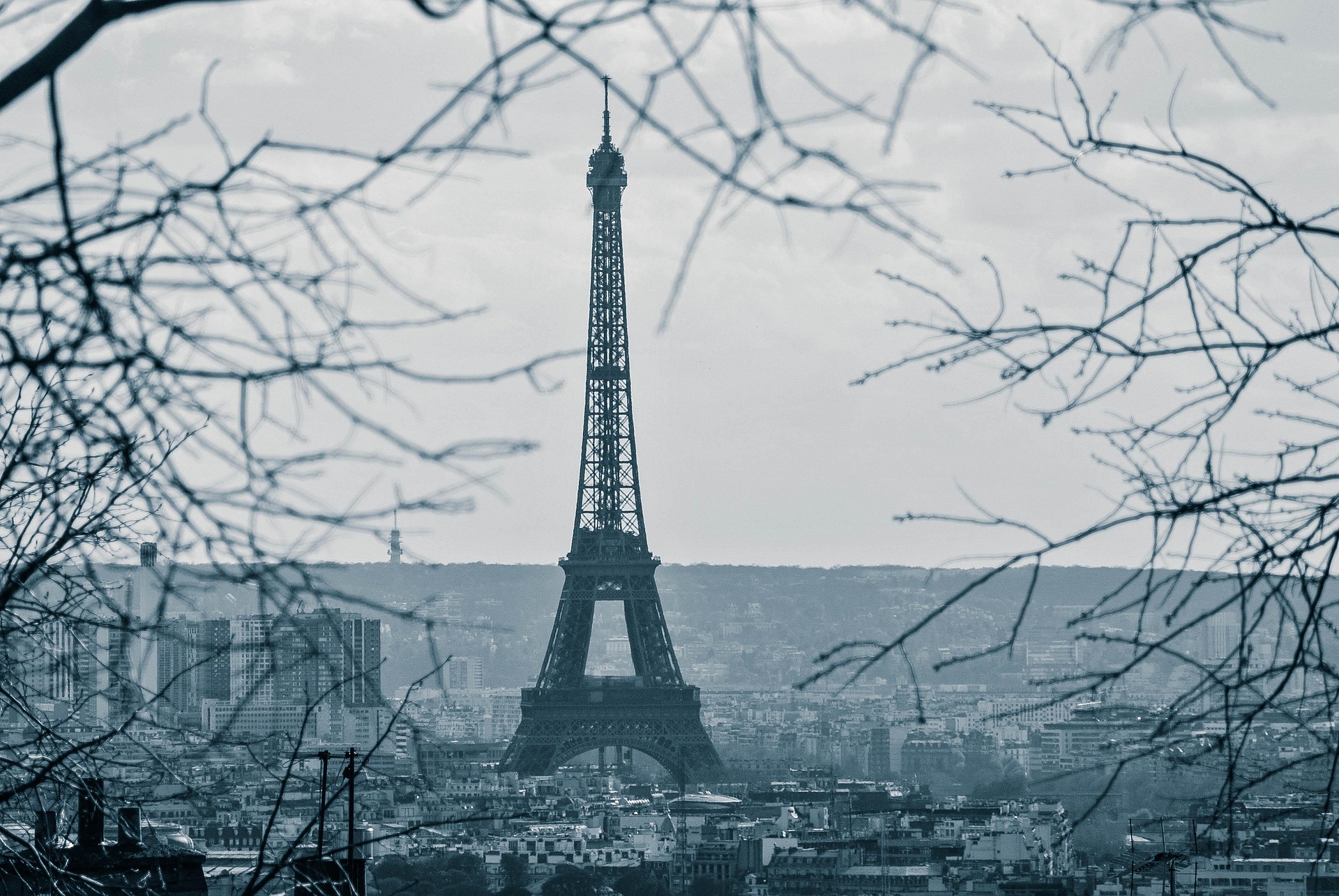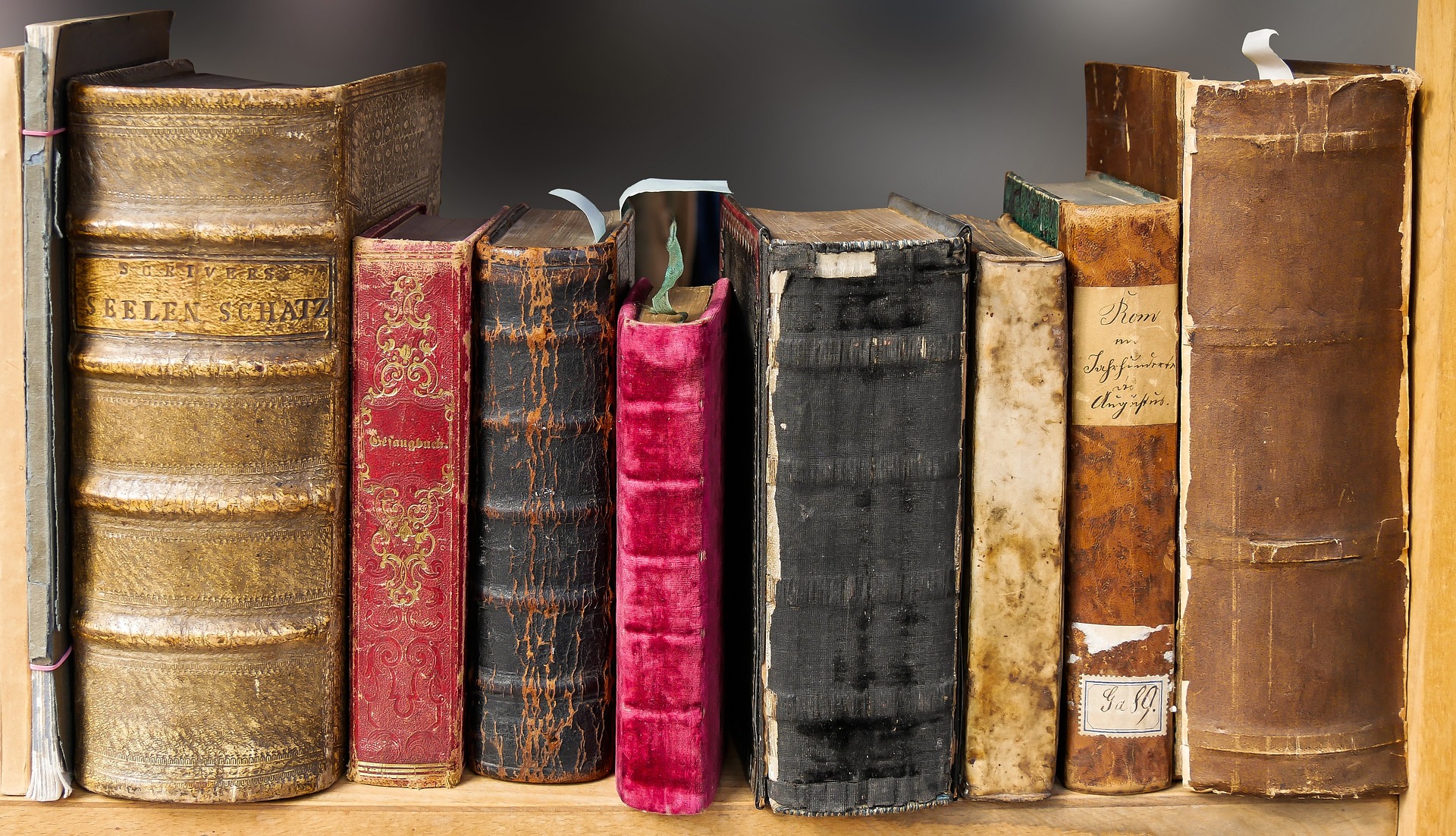Art has been a part of humanity since the dawn of our existence. From cave paintings to digital art, it has evolved with us throughout the centuries, adapting to the materials, tools, and innovations of each era. Now, for the first time, humans are not the only ones creating the art. With this, we should wonder what effects it will have on artists and everyone in the creative field.
Author: Alexandra Monteiro Lopes
Artificial intelligence (AI) is a field of computer science focused on developing systems capable of performing tasks that would otherwise require human intervention. When applied to art, this involves algorithms learning artistic styles by analyzing thousands of human-created works and generating new pieces inspired by those styles. However, this process often occurs without the creator’s knowledge or consent. Nor do they receive compensation or acknowledgment. Some argue that this practice amounts to a form of intellectual theft, undermining the livelihoods of creators.
Meanwhile, for some professional artists, AI is also a collaborator. Many now integrate AI into their workflow to come up with new ideas or simplify tedious tasks. Musicians, for instance, use AI tools like AIVA to generate melodies or suggest harmonies, while filmmakers rely on AI for color grading, special effects, and even scriptwriting assistance. In this context, AI becomes less of a rival and more of a creative partner, enabling artists to focus on what they do best: storytelling, emotion, and connection.
This has not come without its criticisms. Critics argue that the easy accessibility of AI art floods the market with derivative or low-quality works, making it more difficult for traditional artists to stand out. With the rapid improvement of AI, can emerging artists and artisans make a living off their work? For now, it is still possible to tell AI art apart from traditional art. There have also already been big corporations, who are capable of paying an artist a living wage, replacing their workforce with AI. For example, Coca-Cola, who received backlash in early November of the past year for their AI-made advertising which users called “soulless” and “devoid of any actual creativity.”
Toys R Us faced similar backlash online over the summer for an AI-made commercial that depicted the company’s late founder in a bike shop alongside the brand mascot. Despite the controversy, the company said that it was “successful” and that the technology would be an addition to its “tool kit” for the future.
To complicate matters further, there is the issue of authorship. If a painting is generated by an AI model based on a prompt given by a human, who owns the resulting artwork? Is it the person who provided the input? The company that built the AI? The artists whose art contributed to the training of AI models? This ambiguity has already sparked legal debates and calls for clearer regulations. So far there has been very little legislation made to address this issue.
Using AI technology means a significant drop in the price of creating commercials. As the technology improves, more people will become receptive to it. Especially when the differences between AI and traditional art aren’t noticeable anymore.
AI has had an undeniable influence on the current creative landscape. Its impact on artists remains a double-edged sword. It offers exciting new tools for innovation and democratizes art, by making it accessible to everyone but also threatens traditional artistic careers. The question is not about whether AI will continue to change the art world but rather how we choose to adapt to it. Will we establish ethical guidelines that protect human creators, or we will allow technology to overshadow human-made art? Finding a balance between AI and human creativity will be crucial to ensuring that art remains a reflection of the people who create it, rather than just the machines that generate it.
Cover image by: Noes_Cucho – Pixabay
Edited by: Sophie Van Den Berge, Johanna Larsson Krausová



